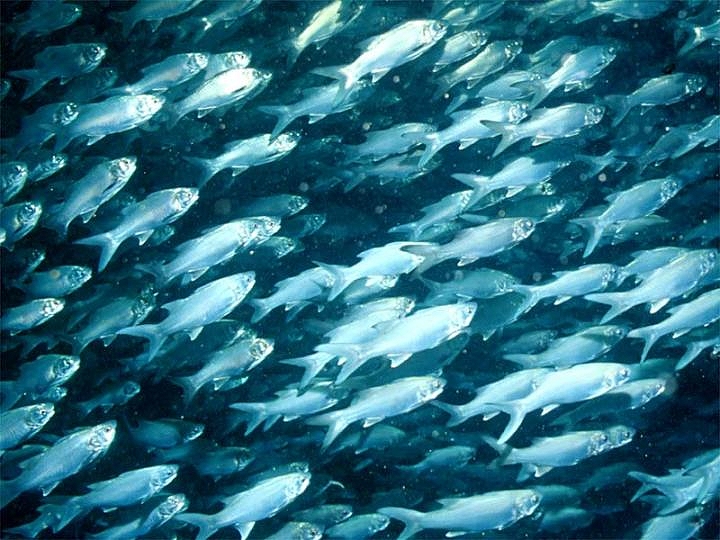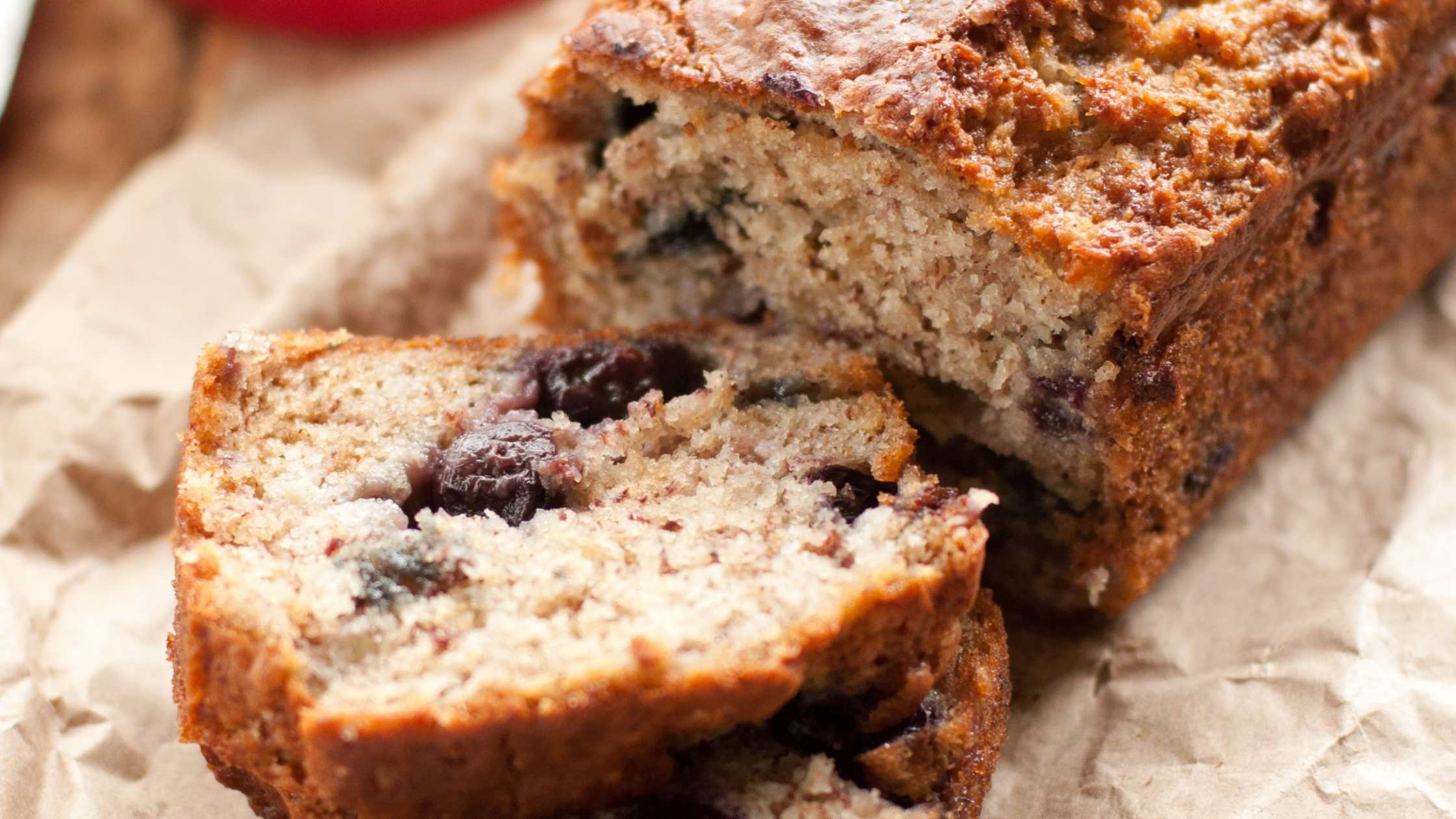 |
| Pacific threadfins in cage | photo: Haplochromis |
A recent article on NPR spoke about some of the challenges facing the idea of acquaculture – in other words, farming fish. As our appetite for fish grows it creates a market for those who want to sell it. However producers want to sell their product the fastest, most efficient way possible at the highest possible profit. That means starting to tinker with the food chain.
Leaving aside the issue of the horror of GMO fish here are some objections to what appears to be happening in aquaculture. It is important to start by pointing out that this is not to oppose sustainable aquaculture; where fish are grown in an environment that allows them to flourish symbiotically with plants, insects, other fish and aquatic life. The objection is to the concept of huge aqua-farms; the marine equivalent of confined feedlot operations for meat animals. The animals are fed the cheapest, most efficient product to make them get fat faster so they can be sold quickly thereby increasing profit. No real effort is made to raise the animal humanely or sustainably, just profitably.
- A direct quote from the article says, “A salmon gets more nutrients from a fish in the wild than it would eating something else.” Well that certainly makes sense. So why would we want to feed them anything else?
- “[Scientists] are looking into new fish feed using renewable sources, such as biofuel co-products, poultry by-products, soybeans and so on.” Excuse me? First, go back and read statement one above. Then stop and think about what this says. Biofuel co-products? These are already fed to cattle contributing to their ill health. And when they try to feed it to pigs the pigs don't like it. Poultry by-products? As far as I know poultry is not fish and I do not believe that fish should eat poultry guts, bones, skin, and feathers all mulched up into some sort of gloppy muck and then dried into pellets. And the concept of feeding animals not fit for human consumption to other animals makes no sense either if the animal you are feeding it to will eventually be consumed. Soybeans? We eat too many of them as it is in this country and the vast majority of what we eat is contaminated by GMO. This doesn't even begin to take into consideration those people who are allergic to soy. They may quite possibly now be allergic to farmed fish which I'm sure is not going to be labeled ‘this fish was fed soy.' And so on is another statement that bothers me; it is such a blanket, open ended concept that there's no telling what they'll decide to feed the fish. As long as it's cheap and makes profit I am sure it will somehow be deemed appropriate to feed to the fish.
- “One of the challenges [they] face is getting a fish to eat something unfamiliar.” Then why do it? I don't think it's healthy for the fish. And if it's not healthy for the fish, ultimately it will not be healthy for us. There is lots of evidence showing that grass fed is healthier both for cows that are raised that way and for those who eat those cows. But in this country we persist in raising corn-fed beef, creating unhealthy fatty cows that we then slaughter and eat. Now we want to do this with fish which is touted as a heart-healthy food? I do not believe it will be as healthy a food after it has been force fed an unnatural diet.

